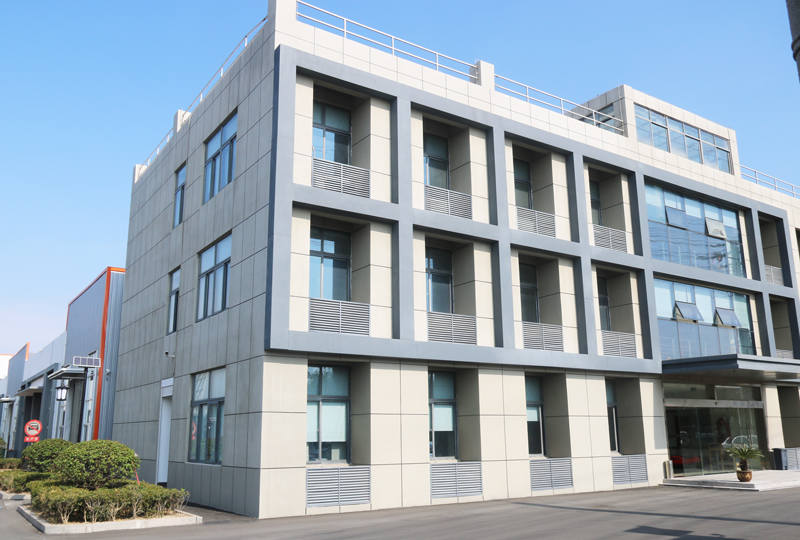Typical precision forging technology
1、Hot finishing forging process
Hot precision forging is a precision forging process that is forged above the recrystallization temperature. Because the deformation temperature is high, the deformation resistance of the material is low and plasticity is good when forging, so it is easy to form parts with complex geometry.
Advantages: good forming effect, precise control of high temperature state, easier forging, and at the same time, relatively low cost and energy consumption.
Disadvantages: because of heating, the process is more cumbersome, not conducive to energy saving, and forming accuracy and surface quality is relatively low.

2、Cold finishing forging process
Cold finishing forging process is a kind of finishing forging and forming technology that is forged at room temperature. Because of the room temperature forming, avoiding the dimensional error caused by thermal expansion and contraction, so the shape and size of the cold finishing forging workpiece is easier to control, while the surface of the forging does not produce oxidation and burn damage, etc., with high surface quality, so the forging accuracy of hot finishing forging and warm finishing forging are lower than that of cold finishing forging.
Advantages: high forming accuracy, good surface quality, no heating, less material deformation, good uniformity, less material waste.
Disadvantages: need larger force and cold forging die, higher cost and energy consumption, at the same time, the processing speed is slower.
3、Warm and fine forging process
Warm forging is a kind of fine forging technology that heats the metal to a suitable temperature below the recrystallization temperature for forging. It has the advantages of hot forging and cold forging at the same time and avoids their defects, effectively reduces the load of the equipment and die, improves the plasticity and fluidity of the metal, and does not require forging annealing.
Advantages: high forming accuracy and surface quality, at the same time, the cost and energy consumption are relatively low due to the low material temperature.
Disadvantages: the forming speed is relatively low, because it needs to be formed with less pressure, sometimes the shape is more restricted.
4、Composite finishing forging process
Compound fine forging process will be cold, warm, hot forging process to combine together to complete a workpiece forging a forging technology, it can play the advantages of cold, warm, hot forging, to avoid the shortcomings of cold, warm, hot forging. At the same time the use of composite precision forging process to produce parts of its mechanical properties, dimensional accuracy, surface quality than the use of a single forging technology to produce parts have been improved. At present, the commonly used composite finishing forging process are mainly warm forging - cold finishing, hot forging - cold forging, warm extrusion - cold rolling, hot and warm finishing forging - cold extrusion, hot finishing forging - cold rolling, etc..
Advantages: It can be rolled, stretched or sheared at different temperatures and strain rates to achieve the desired properties and shapes.
Disadvantages: Relatively high cost and may not be suitable for projects with small production volumes.






